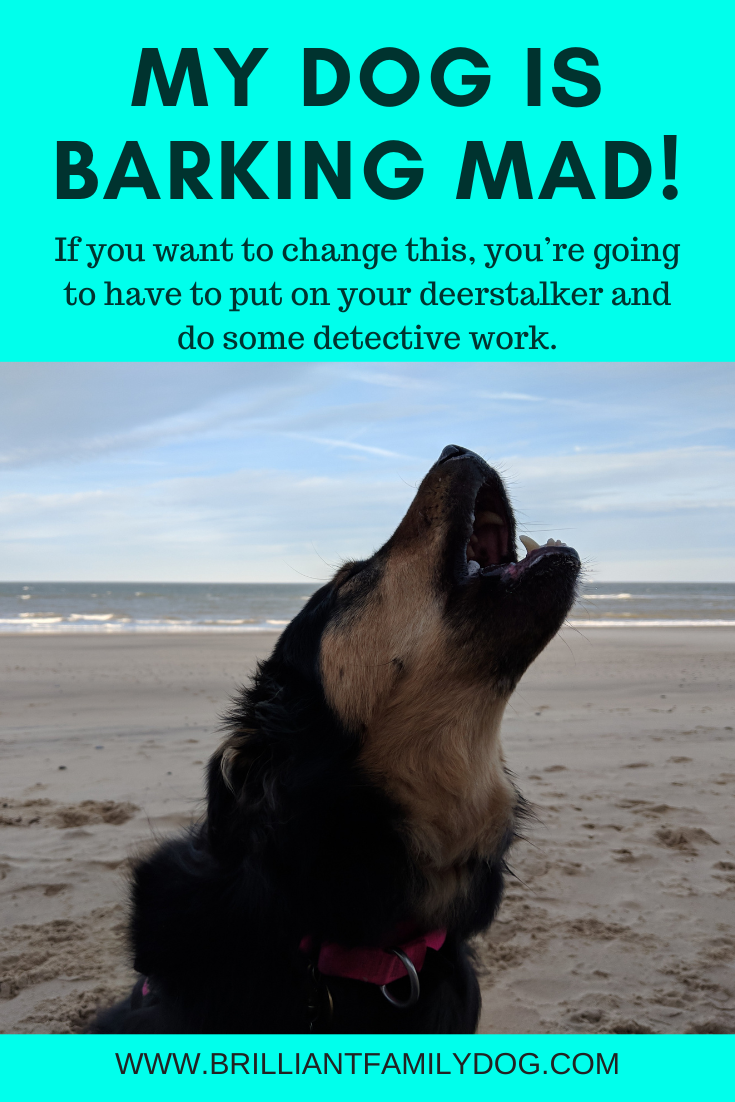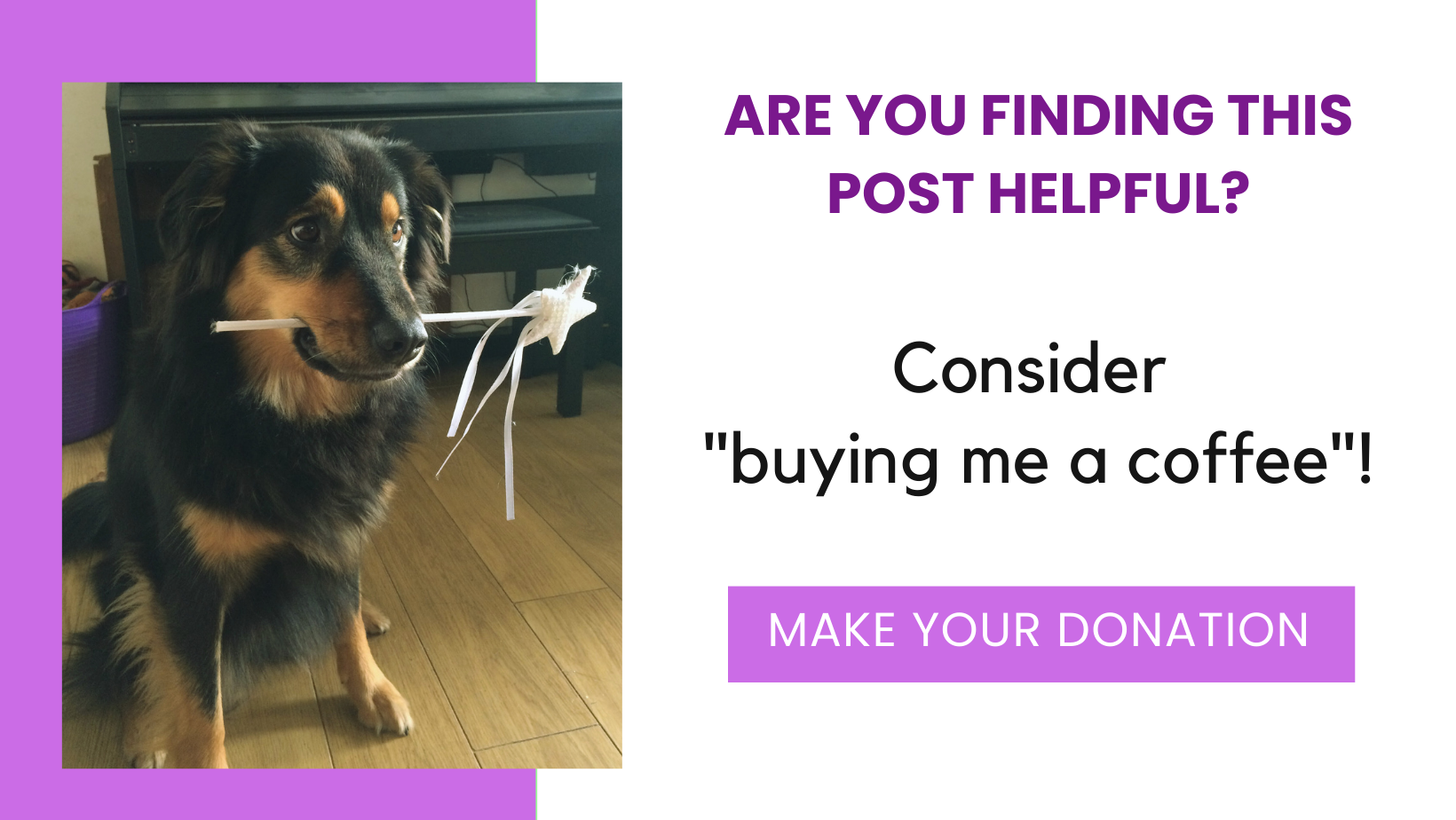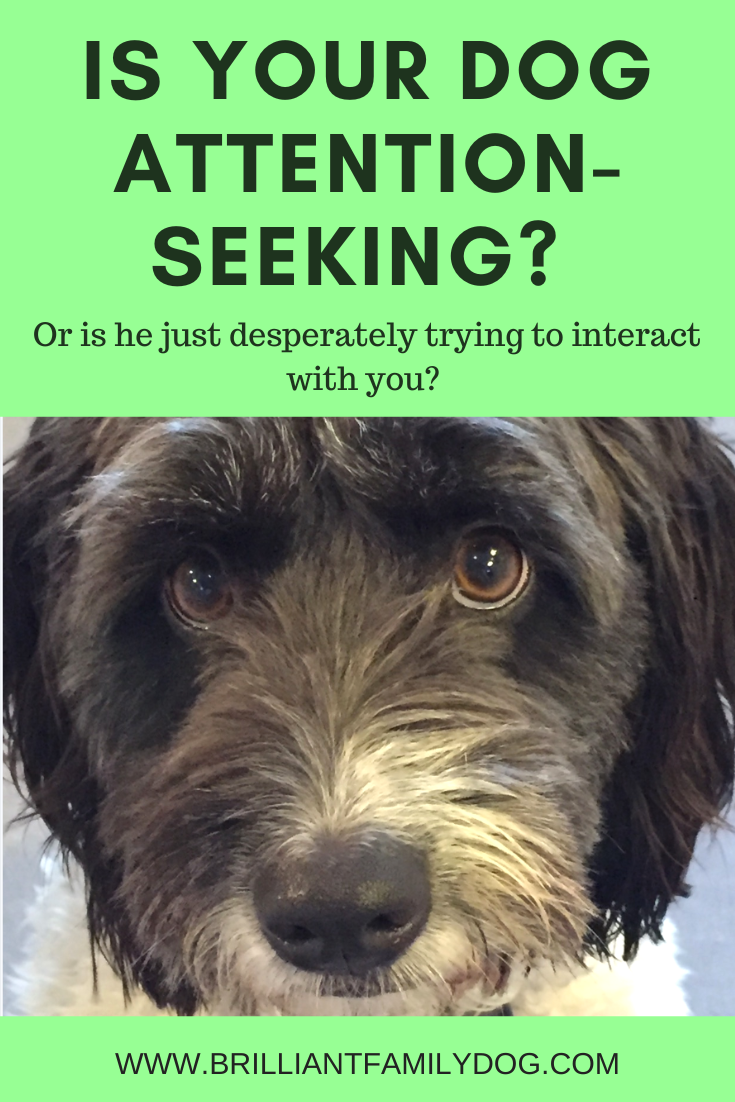Do you want an instant recall?
I don’t think there’s any sane dog-owner who’d say, “Er, no thanks, I don’t care whether my dog comes back or not.”
Everyone wants an instant recall!
And an instant recall is not hard to teach - in fact it’s great fun to teach! But the operative word here is TEACH.
Your dog does not arrive with an instant recall installed. Whether a tiny puppy or an older dog, he does not have any idea what you want … until you teach him!
So yelling his name, nicely or crossly, stamping your foot, blowing a whistle - none of this will work until you teach him what it means and why he will WANT to do it.
[HINT: if he doesn’t want to do it, you’re wasting your breath yelling and all the rest! This is a two-way thing.]
The first step
So how do you achieve this wonderful Nirvana state of calling your dog, just once, and having him thunder back to you with wild enthusiasm?
The very first step is to teach him that you are nice to be with, you are reliable, and it’s worth his while to keep a close eye on you, and respond when you ask.
This isn’t done in a soggy field, as your dog hurtles off, nose to the ground, on some chase or trail.
This happens at home. In your kitchen. Many times a day. It’s what I call “All Day Training”.
All Day Training
We want to teach our dogs to respond to us every time, not just when they feel like it, or when they have nothing better to do.
And that’s why we need to build up this deep history - that every time they respond to us, they get some kind of reward.
To start with, by far the easiest and most effective reward is to give a treat. Instantly, as soon as their head starts to turn toward you.
And the key is that this reward must be given EVERY time you ask, and they do.
No exceptions!
If you want it to work it has to work every time, without fail. As soon as you start to demand compliance with no semblance of a reward being forthcoming, you are starting to hammer nails into your Recall coffin.
The first step in detail
So your first step is to make your dog’s name precious. Whenever she hears her name, she stops in her tracks and responds to it - whether that means turning round in front of you, or racing back from 50 yards away.
And I go into detail into how you can precisely and positively make your dog’s name precious to her - in two places for your convenience!
The first place is here in Here Boy! Step-by-step to a stunning recall from your Brilliant Family Dog which you can find in ebook or paperback at Amazon and in audiobook direct from the author right here.
And the second is here in our
free Workshop
on getting your dog to LISTEN!
Choose your poison! And let me know how this game transforms your relationship with your puppy or dog, and you can see it setting you on the road to having that stellar recall you’d love!




















